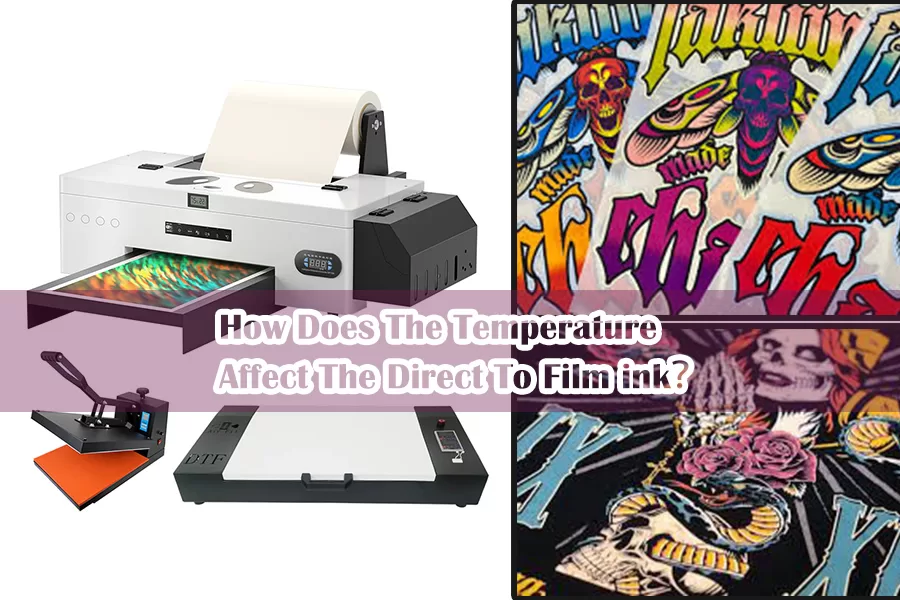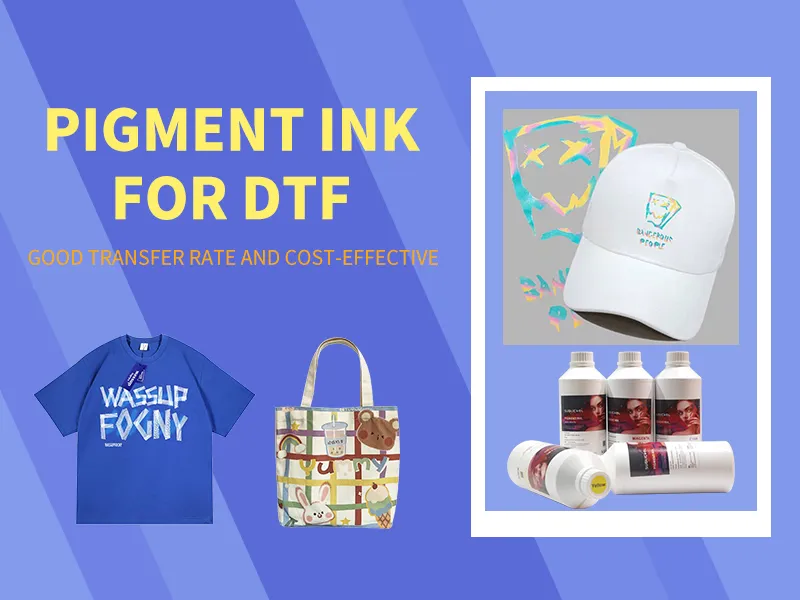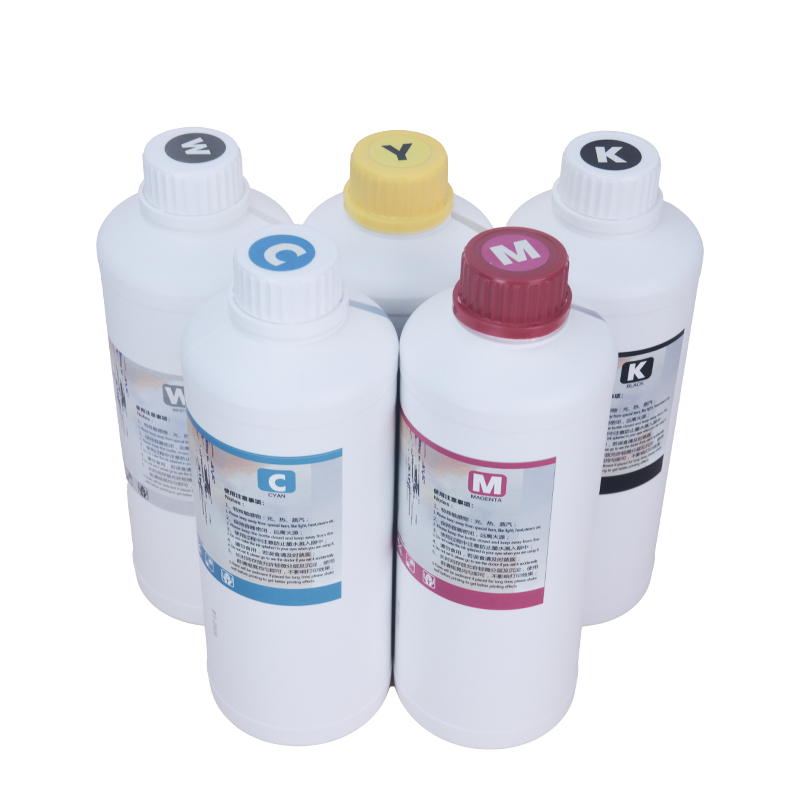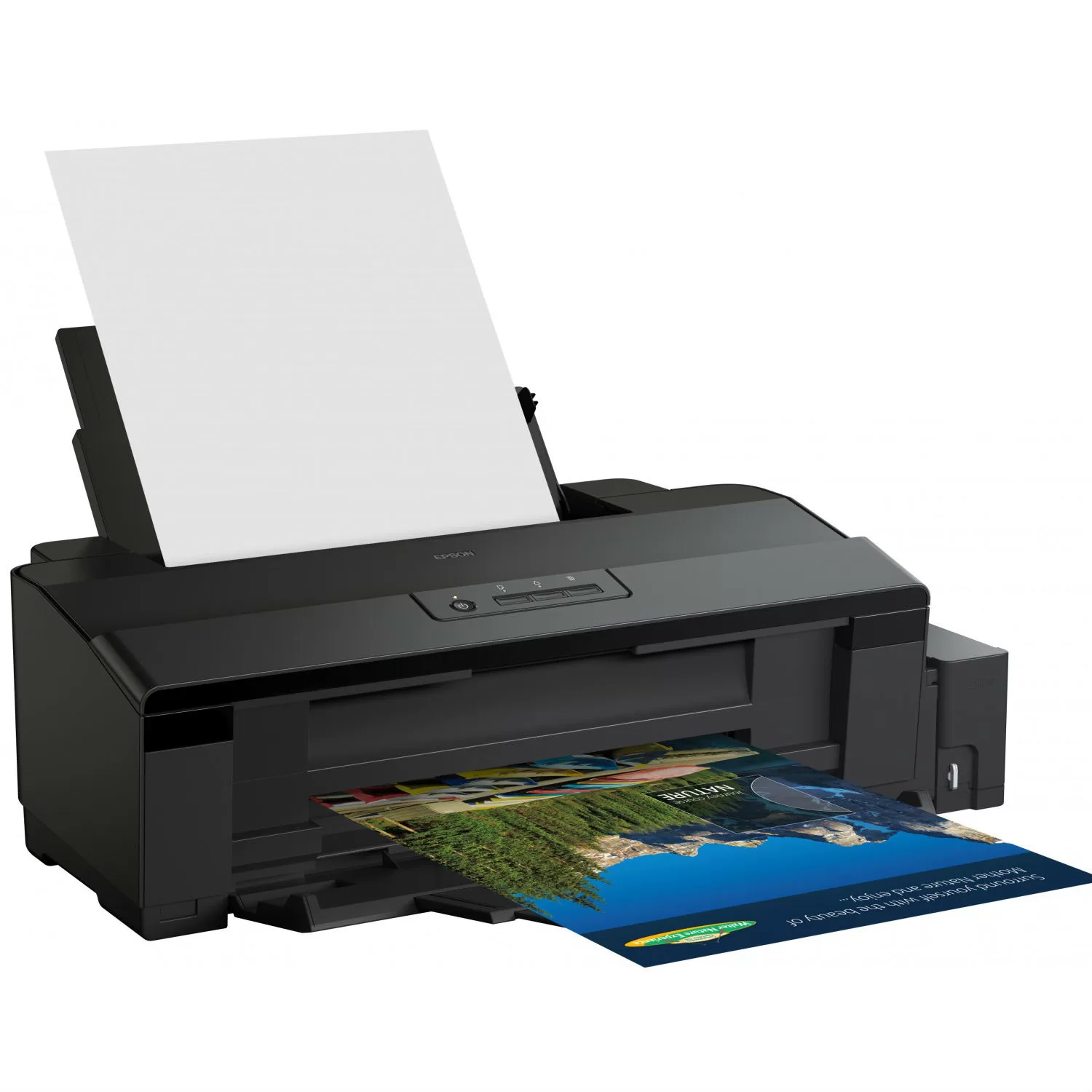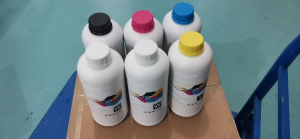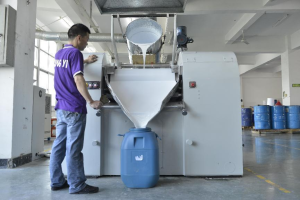Digital printing has witnessed remarkable advancements in recent years, offering exciting opportunities for creative expression and customization. The Epson L1800 printer, combined with DTF (Direct-to-Film) ink, has emerged as a game-changer in the industry. In this article, we will delve into the method used by the Epson L1800, explore the unique properties of DTF ink, and discuss the process of using transfer paper for exceptional printing results.
The Epson L1800: A Marvel in Wide-Format Printing
The Epson L1800 printer is renowned for its exceptional wide-format capabilities, making it a favorite among professionals seeking high-quality prints. Equipped with an advanced six-color ink system, including Cyan, Magenta, Yellow, Black, Light Cyan, and Light Magenta, the L1800 ensures stunning color accuracy and sharp detail. With a maximum print resolution of 5760 x 1440 dpi, this printer is designed to deliver breathtaking output.
Understanding DTF Ink
DTF ink, also known as Direct-to-Film ink, is a specialized ink formulated specifically for digital printing on transfer films. DTF ink revolutionizes the process by enabling direct printing onto the transfer film, eliminating the need for additional steps like weeding or cutting. When combined with the Epson L1800, DTF ink offers an array of creative possibilities, particularly in the realm of personalized apparel, accessories, and promotional items.
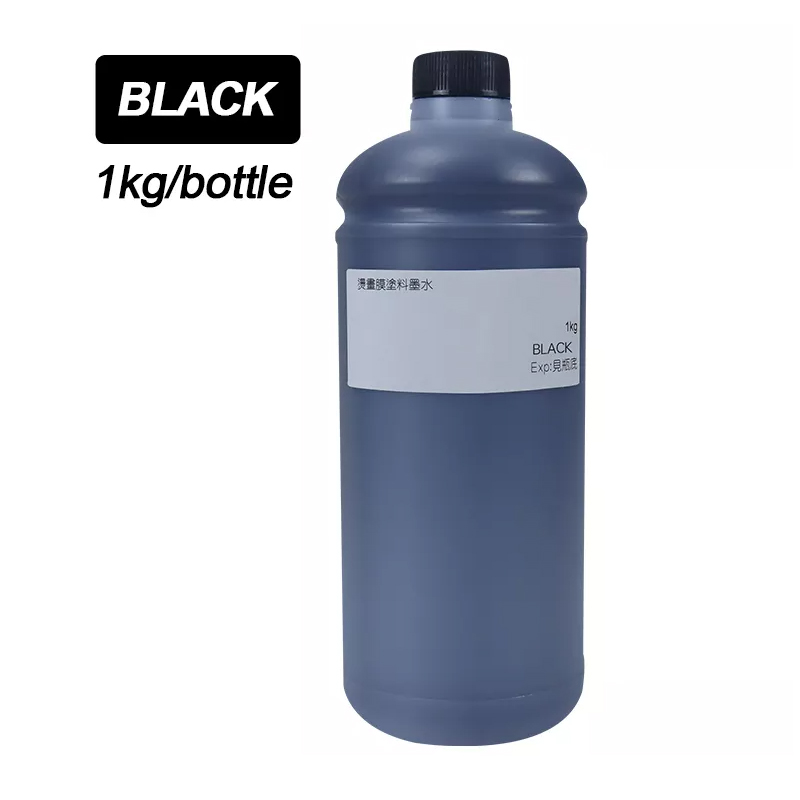
Vibrant and Accurate Colors
DTF ink boasts an extensive color gamut, ensuring vibrant and true-to-life prints. This allows for accurate color reproduction, making designs and images pop with remarkable clarity and richness.
Exceptional Durability
DTF ink is engineered to withstand the test of time. It exhibits excellent resistance to fading, ensuring that prints retain their vibrancy and sharpness even after repeated washes. This durability makes it ideal for creating long-lasting and high-quality products.
Compatibility and Versatility
DTF ink is compatible with a wide range of fabrics, including cotton, polyester, and blends. This versatility enables printing on various apparel items, such as t-shirts, hoodies, and caps, as well as other textiles like tote bags and cushion covers. With DTF ink, the possibilities for customization are virtually limitless. But the Epson L1800 printer does require special ink and paper to achieve optimal results. While the printer comes with its own set of ink cartridges, it is essential to use the recommended ink specifically designed for the Epson L1800 model.
Additionally, for certain printing applications, such as DTF (Direct-to-Film) printing, special DTF ink is required. DTF ink is formulated specifically for digital printing on transfer films, allowing for vibrant and durable prints on fabrics and textiles.
In terms of paper, while the Epson L1800 printer can handle a variety of paper types, including plain, photo, and glossy paper, for specialized applications like DTF printing, transfer paper is necessary. Transfer paper acts as a medium between the printed design and the fabric, enabling the transfer of the ink onto the fabric during the heat press process.
It is important to note that using the recommended ink and transfer paper for the Epson L1800 ensures compatibility, optimal print quality, and longevity of the prints. Using third-party or incompatible materials may result in subpar results or even damage to the printer. Therefore, it is advisable to follow the manufacturer's recommendations for ink and paper to achieve the best outcomes with the Epson L1800 printer.

Utilizing Transfer Paper with the Epson L1800
To transfer the DTF ink print onto the desired fabric, transfer paper acts as an intermediary medium. The process of using transfer paper with the Epson L1800 involves the following steps:
Design and Print
Create or select the desired design on your computer. Using appropriate software, print the design onto the transfer paper using the Epson L1800 printer. Ensure that the printer settings are optimized for the specific transfer paper being used.
Prepare Transfer Paper
Cut the transfer paper to the appropriate size for your design and fabric. It is crucial to select transfer paper that is compatible with DTF ink and suitable for the fabric type you are using.
Transfer Process
Place the transfer paper with the printed film side facing down onto the fabric. Apply heat and pressure using a heat press machine or an iron, following the instructions provided by the transfer paper manufacturer. The heat and pressure enable the DTF ink to adhere to the fabric, resulting in a vibrant and durable print.
Peel and Finish
After the transfer process is complete, carefully peel off the transfer paper, leaving the printed design on the fabric. Allow the fabric to cool and cure, ensuring that the ink sets properly. Voila! You have successful!
 DTF machines have specific environmental requirements regarding temperature and humidity in the workplace. The quality of the direct-to-film ink, a consumable in garment printing machines, directly influences the printing outcome. Extreme temperature or humidity levels in the DTF machine's location can impact its performance, making it imperative to consider these factors when choosing a site. Maintaining an optimal indoor temperature around the garment printing machine not only enhances printing results but also extends the lifespan of the DTF hot stamping machine.
DTF machines have specific environmental requirements regarding temperature and humidity in the workplace. The quality of the direct-to-film ink, a consumable in garment printing machines, directly influences the printing outcome. Extreme temperature or humidity levels in the DTF machine's location can impact its performance, making it imperative to consider these factors when choosing a site. Maintaining an optimal indoor temperature around the garment printing machine not only enhances printing results but also extends the lifespan of the DTF hot stamping machine. Addressing Ink Viscosity Changes due to Temperature:
Addressing Ink Viscosity Changes due to Temperature:
